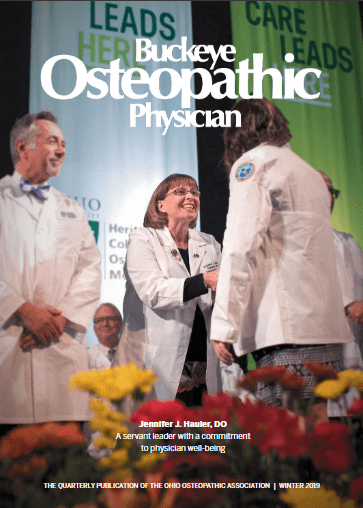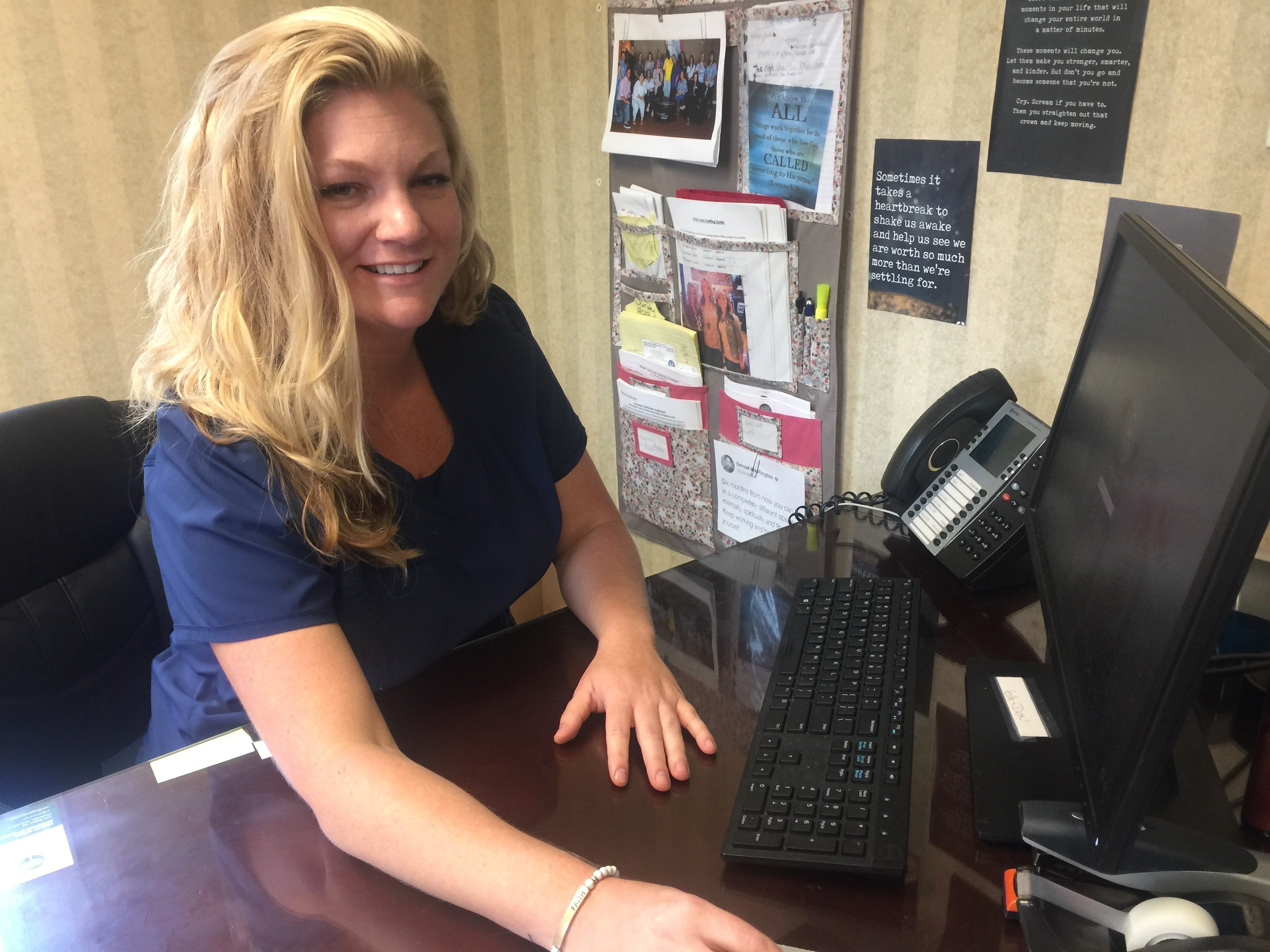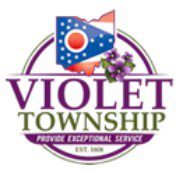
Access the latest clinical data through CliniSync
December 11, 2020
Chillicothe Community Partners Create Eastside Clinic
December 11, 2020Nursing home one of first to contribute patient health information in Ohio
by Dorothea Howe
Tiny birds flit and trill in a glass-encased display in the foyer of Logan Elm Health Care Center in Circleville, where a woman wheels her 92-year-old mother up to the pane to listen to their melodies and enjoy their lithe movements. Staff, visitors, even patients bustle down the hallways and the atmosphere is live with activity.
Behind the scenes, this long-term care facility is one of the first in the state to contribute patient health data to the CliniSync Health Information Exchange, a progressive move for a nursing home.
Ashley Green, the Director of Nursing at Logan Elm Health Care Center, says publishing information about a patient to CliniSync will allow the nearby hospitals to access critical information.” You can get the information faster; it’s more accurate; it saves the hospital money,” Green says.
She’s referring to nearby Adena Regional Medical Center and OhioHealth Berger Hospital, who are part of the statewide health information exchange known as CliniSync. A total of 156 hospitals contribute information from across the state, allowing the sharing of more than 15 million unique patient records.
Adena and Berger routinely work with nurse navigators from the nursing home on coordination of patient care. Both hospitals now are working with CliniSync on the ability for clinicians to look up a patient’s name and view information on that patient from Logan Elm and other facilities throughout the state.
Called “query and retrieve,” this solution allows doctors and nurses in both settings to get the most recent information on a patient in the form of a Continuity of Care summary, a document that provides a holistic look into a patient’s medical history.
Logan Elm already can look up records on patients coming from the hospital, allowing them to intervene when necessary and follow up after hospitalization. To access this information, the nursing home uses a web-based portal called the CliniSync Community Health Record. Getting the most current, accurate information moves them toward the goal of keeping people from being readmitted to the hospital and subjecting their nursing care patients to duplicative testing and procedures.
“What frustrates practitioners is not knowing the updated medication list,” she says. “That info alone is very valuable to any inpatient or ancillary place,” Green says.
Immunization records also are critical. “Especially for the elderly, they can’t remember if they had a vaccination. They’ll say ‘Maybe I got the pneumonia shot.’ Instead of re-vaccinating, the practitioner can see the immunization right there. Clinicians can see ICD-10 codes, so they know the patient’s diagnosis. Also, they can compare the latest vital signs, such as weight trends, pulses, blood pressure and oxygen saturation,” Green says.
Green now sits on the CliniSync Advisory Council, a group of medical and IT professionals who assist the Ohio Health Information Partnership with advice on the operations of CliniSync. The technology behind the contribute solutions is easy, she says. “We’re now doing it at admissions. For all of our patients, you push an on button and it will put the information where it needs to go. It automatically flows to the health record. You do have to be careful how you put information in and you need to put it into the correct location. Then it flows fine,” Green says.
For example, Green explains, if you had a severe CHF (Congestive Heart Failure) patient who experienced sudden weight gain, you could go in and look at the record instead of going to the patient. You have vitals, immunizations, allergies and medications even if these are not from the nursing home. This information is in the Community Health Record. So, you avoid a lot of phone calls, faxing, reaching out to nursing homes, passing medications, delayed timelines, code status. It’s frustrating to try to get this information,” Green says.
Green’s hope is that more hospitals will exchange data with long-term and post-acute care facilities. “This will bridge the gap in information and provide better quality outcomes,” she says.
Dorothea Howe is the Communications Director at CliniSync.
To access a PDF of this story, click here.




